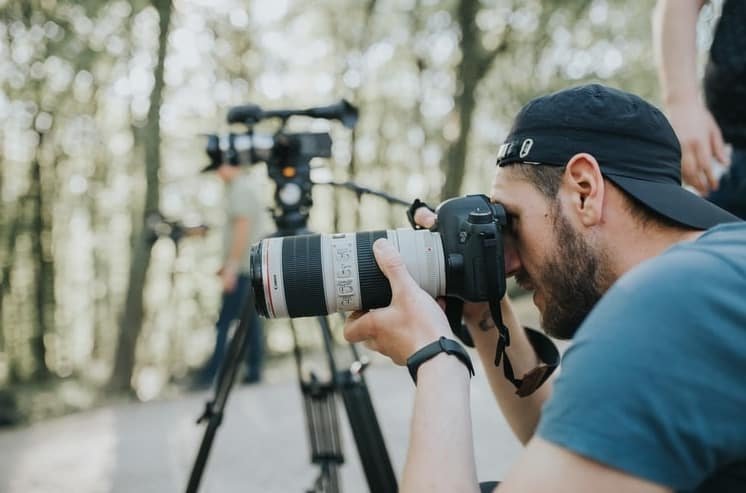Photography has evolved from being a luxury hobby to an everyday form of self-expression and storytelling. Whether it’s a professional photographer capturing breathtaking landscapes or a traveler snapping quick shots on a smartphone, cameras have become extensions of our eyes—tools that help us preserve memories, emotions, and perspectives.
The Evolution of Cameras
The journey of cameras is one of innovation and artistry. The earliest forms of photography in the 19th century required long exposure times and complex chemical processes. Fast-forward to today, and digital sensors, AI-powered autofocus, and instant image sharing have transformed how we see and record the world.
Film cameras, though largely replaced by digital models, still hold a nostalgic charm. Many enthusiasts continue to use them for their unique color tones and texture. On the other hand, mirrorless and DSLR cameras dominate the professional scene, offering exceptional image quality, interchangeable lenses, and precise manual controls. Meanwhile, smartphones are now equipped with multiple lenses, computational photography, and editing features once reserved for high-end equipment.
The Art Behind the Lens
Photography isn’t just about technology—it’s about vision. A skilled photographer uses light, composition, and timing to convey a story. The “rule of thirds,” leading lines, and symmetry help structure an image, but emotion is what makes a photo memorable. The best photos often evoke curiosity, nostalgia, or inspiration.
Modern photography spans countless genres: portrait, landscape, street, wildlife, and macro, to name a few. Each requires a different approach and mindset. Portrait photographers focus on human emotion and connection; landscape photographers chase the perfect light at dawn; street photographers capture fleeting moments of everyday life. The versatility of photography allows anyone to find their niche and express their creativity.
Technology and Creativity
Digital technology has democratized photography. Today, anyone can shoot, edit, and publish stunning images using just a phone. Editing software like Adobe Lightroom and mobile apps such as Snapseed make it easy to enhance photos, adjust exposure, and experiment with filters. However, true creativity lies not in the tools but in how you use them. A great photograph starts with observation—seeing beauty in ordinary things.
Artificial intelligence is also revolutionizing the field. Smart cameras can recognize scenes, track subjects, and even adjust settings automatically. Drone photography opens up perspectives that were once impossible to achieve. These innovations allow photographers to push creative boundaries and explore new visual dimensions.
Capturing Meaningful Moments
At its heart, photography is about connection—connecting moments to memories, people to stories, and emotion to art. Every photograph freezes time for just a fraction of a second, yet that moment can live forever. Whether it’s a family gathering, a sunset over the mountains, or a spontaneous street scene, cameras help us hold onto the experiences that shape our lives.
In an age where billions of photos are taken daily, the challenge isn’t capturing more images—it’s capturing images that matter. Photography teaches us to slow down, observe, and appreciate the world in all its fleeting beauty.

